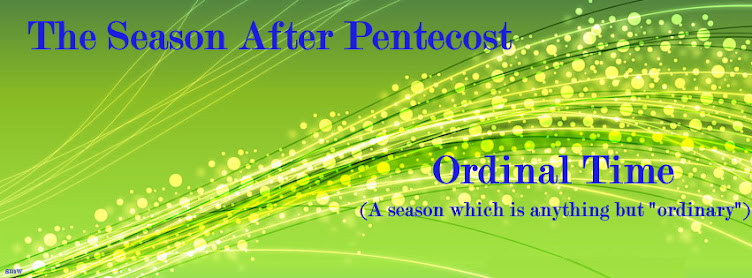He may not have said those exact words, though he has been allegedly quoted as saying such, not merely by Catholics, but even by other Lutherans. The paraphrase may have come from Martin Luther’s Sermon on Our Blessed Hope (St. Louis Ed. IX: 930-957):
"We see grain sowed in the ground. Reason now asks: What happens to the grain in winter that has been sowed in the ground? Is it not a dead, moldy, decayed thing, covered with frost and snow? But in its own time it grows from that dead, moldy, decayed grain into a beautiful green stalk, which flourishes like a forest and produces a full, fat ear on which there are 20, 30, 40 kernels, and thereby finds life where only death existed earlier. Thus God has done with heaven, earth, sun and moon, and does every year with the grain in the field. He calls to that which is nothing that it should become something and does this contrary to all reason. Can He not also do something which serves to glorify the children of God, even though it is contrary to all reason?"
We do get closer to the saying here:
"I said before that our righteousness is dung in the sight of God. Now if God chooses to adorn dung, he can do so" (Luther's Works, Vol. 34, page 184).
In that same document Luther adds:
"All the justified could glory in their works, if they would attribute glory to God with respect to themselves. In this manner they would not be dung, but ornaments" (Luther's Works, Vol. 34, page 178).
In short, I could not find any direct reference to Luther's reference to justification being that we are like a snow-covered dunghill.
If anyone else has further references to be looked at, please post a comment here!
In JMJ,
Scott<<<
Subscribe to:
Posts (Atom)
Feast of the Assumption
The Feast of the Assumption of the Blessed Virgin Mary - another example of "not-so-ordinary" days! These are COUNTING days - and...

-
In a recent post from Alan/Rhology on Beggars All , he said: >> sw: So you're confirming (again) that your local >> churc...
-
This is a continuing discussion from http://cathapol.blogspot.com/2010/01/pope-working-toward-unity-with-eo.html >> sw: "Um, t...
-
A friend of mine posed the following to me... Thoughts? Change occurs in official (non-defined) Catholic doctrine like this: 1. The d...
